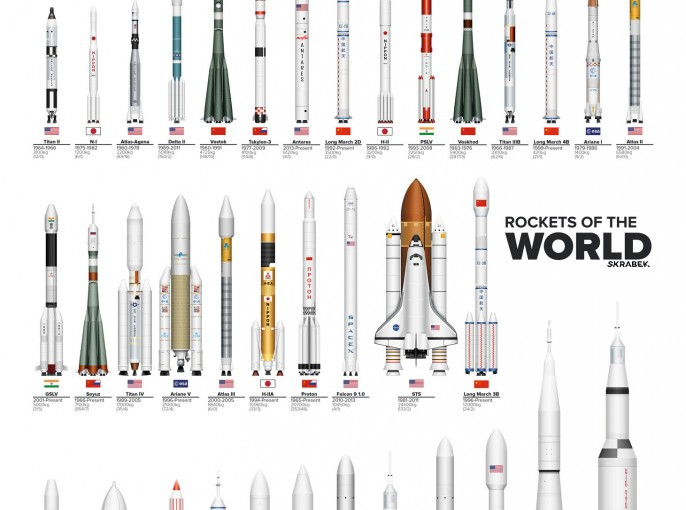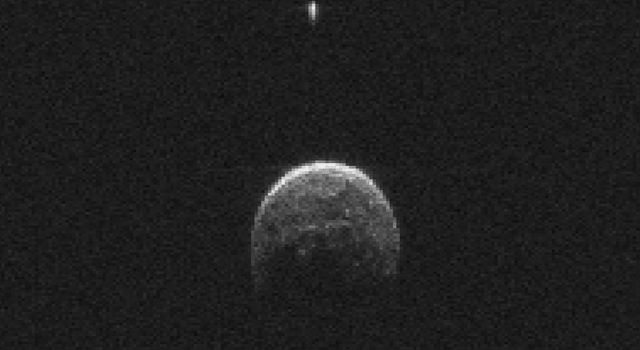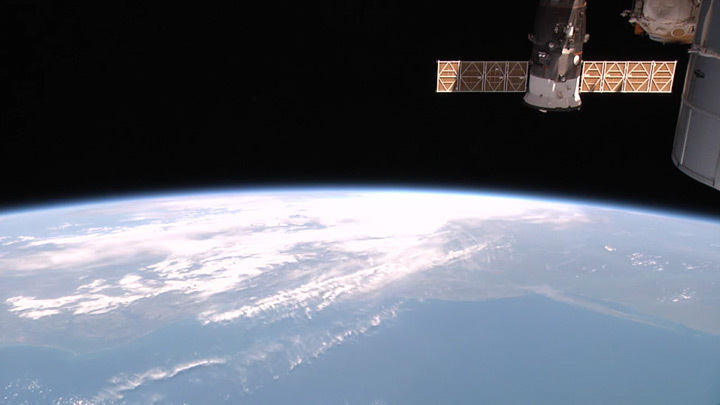Okay, so this has been going around the arXiv for a few weeks now, but there’s a pretty good case for showing the tenacity of scientists in proving themselves wrong when something just doesn’t feel quite right…
Blog
-
Keyboard Shortcuts for the Win
Okay, this is more of a placeholder and link sharing, but I use Dan Rodney’s list of Mac OSX keyboard shortcuts all of the time.
Go check it out here:
-
Huge and young, where’d it come from?

So yesterday I posted about exactly how big a 12 billion solar mass black hole appears to be. But I didn’t get into the followup question of, “So why is this new black hole exciting?” Here’s why this is cool, and surprising.
-
Massive Black Holes and Size

Artist’s concept of a wind from a supermassive blackhole Question from a friend:
Multiple News sources (Time Magazine, Wired, now Salon) are all claiming that this new “Monster” Black Hole which is 12+ billion light years away (thank god) is 12 Billion Times the size of our sun…
But, every time I read the article it says “12 billion times the MASS of our sun.”
I understand the thing is EPICALLY HUGE, but I also understand Mass and Size are not always directly proportional. Also, black holes are SUPER dense right?
So, long story – short question:
How big is this thing really in size?
Okay, so this is actually a pretty subtle question. I’ll parse it two ways:
How big is the event horizon of the black hole?
By answering this question we get to neatly sidestep all of the issues about “what’s the black hole made of” and get down to brass tacks. Any object (including you and me) that has some mass (say, the mass of the earth) has an event horizon, which is the size where if you cram all of the objects mass into a ball of that size then it will bend space around it so that light can’t escape. This is also known as the Schwarschild Radius, named after the Germon mathematician/astronomer who first thought it up. It varies roughly proportionally to the mass of the object:
R = 2 G M / c^2
…where G is the Gravitational constant, M is the mass, and c is the speed of light.
In human terms, this is a pretty small space. If you took something the mass of the Earth, then it’s Schwarzchild Radius is about the size of a shooting marble (with a radius of about 1 cm). There’s a cool calculator that gives you the size vs mass if you want to play around with it.
For our Sun, the Schwarzchild radius is about 3 km in radius. So for the 12 billion solar mass blackhole, the Schwarzshild radius is about 36 billion km, which is about 240 times the distance from the Earth to the Sun or about 10 times the distance from the Sun to Pluto. So…big.
But not unimagineably big. The distance to the nearest star is about 275,000 times the distance from the Earth to the Sun, so a billion solar mass black hole wouldn’t even come close to filling up the space between two stars in our local neighborhood.
There are some caveats to this, of course (things that only people like me really know about like black hole spin, etc), but that gets you pretty close to understanding how big the thing is.
Okay, so that’s it’s “black hole radius”, what’s it’s actualy physical size?
This is the trickier one, and I’m going to punt on this. This is the crux behind Interstellar (spoilers?), but no one really knows what physics is like inside of a black hole. All kinds of funny things may happen (or not). But in this case asking the question of “What is a black hole’s physical size” is just not the same as asking the question “What is a basketball’s physical size?”. It’s a good question, it’s just one that we don’t really know the answer to.
-

Rockets Galore
Here’s a really awesome poster that someone is putting together on Etsy of all modern rocketry (1958 to now). It’s pretty amazing to see where the really modern rockets end up on here. This doesn’t include some of the aircraft-based launch vehicles (like the Pegasus XL rocket that launched NuSTAR), but they’d be pretty tiny.
-

That’s no moon…
…it’s a space station. Well, not really. But even this thing at a measly 300(ish) meters across has enough gravity to trap a moon (and keep it bound, even when it’s doing a flyby of MUCH bigger fish, like us).
Full story with an animated gif of the moon orbiting the asteroid here: http://www.jpl.nasa.gov/news/news.php?feature=4459
-

There’s no place like home
Let’s be honest, you needed something to splash up on that fancy external monitor.
How’s about a live view fo the Earth from the ISS? Granted, half of the orbit it’s dark (because…nighttime). But every half hour or so it’s a very pretty thing to watch.
Update: Here’s a link straight to the NASA site, which also has a useful ISS tracker:
http://eol.jsc.nasa.gov/ForFun/HDEV/
-
Commuting is for the birds
Okay, so I know that this is old news for most people, but commuting sucks. If the world were a perfect place, then we’d all be able to ditch the car, live in close proximity to all of our friends and relatives, and have an amazing grocery store within an easy bike ride of our homes. Sadly, the world doens’t all give us what we want. Fortunately (for me, at least), working from home (or from a café, like today) is certainly a vast improvement over spending an extra four hours a week in my car. And evidently it’s making me money, too. Woot.
-
One week in Google’s Inbox
I’ve been in the process of attempting to reduce the electronic clutter in my life. I talked a little bit about this before, and I’ve certainly haven’t missed the deluge of posts in my RSS feed. I decided to take the next step and try to see if I could make myself a “Inbox Zero” kind of person. I’ve flirted with Mailbox and others before, but I tended to revert to a combination of the vanialla Mail (for personal use) and the standard Gmail app (for work email). However, neither of these really helped in the “quickly clearing junk out of my Inbox” kind of way. Enter Inbox.
-
Popularity and/or substance
From Scientific America, they’ve got a mapping strategy that identifies papers that got a big “traditional” splash (the news, research blogs, Mendeley citations, etc) vs those that make a splash on social media. The image below is the result, which is from this article.